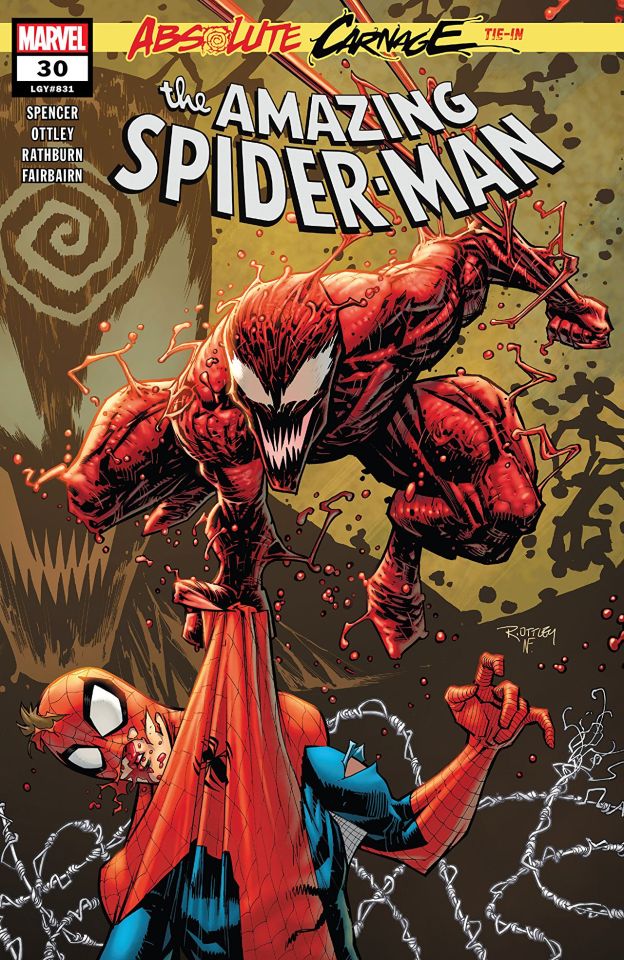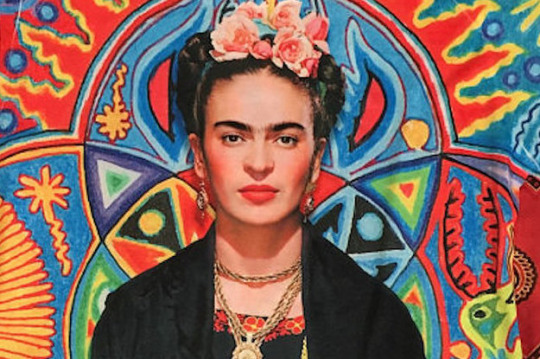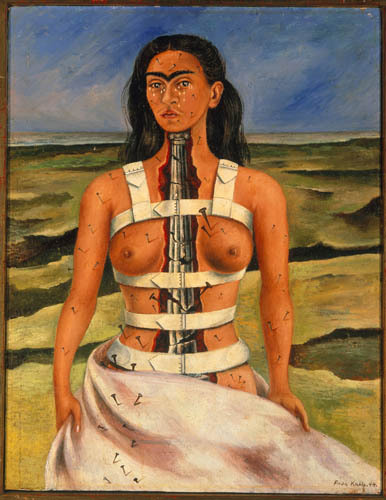#or how I’m using my icon to represent the bearing of painful truths and use of your personal experiences to fight for yourself
Explore tagged Tumblr posts
Text
People like easy symbols too much I see too many fandom tattoos that, lore wise, make little sense or are antithetical to the message of the story and/or characters that people are trying to show their appreciation of through the tattoo.
#my icon is actually an example of this if you get that tattood on you you have no fucking clue what it actually represents#other examples are like. some of the crests in fire emblem 3 houses. specifically Maurice’s. Gautier. and Lamine#there’s use for these symbols in artwork that I have seen done nicely#or how I’m using my icon to represent the bearing of painful truths and use of your personal experiences to fight for yourself#and those around you#but you are not the character with the image already permanently branded on them that they have to live with#so like why would you do that?#’hur dur lemme tattoo a symbol on my from a piece of media that’s a symbol of oppression to the character’#’this symbol is associated with this character’s pain I’m gonna get it as a tattoo!’#i can see someone who has the same story using it in some way#but… otherwise… stop it
7 notes
·
View notes
Text
Amazing Spider-Man v5 #30/831 Thoughts

I really enjoyed it but there are some tiny issues.
There are two kinda sorta continuity errors that I have to get out of the way up top.
The first one isn’t as severe as I thought. Reading it on the train home I thought Spencer had made a huge mistake when he recreated the scene of Harry’s coming home party. Namely that Aunt May was there. From my recollections that wasn’t the case. But getting the pages from the original issue (ASM #105 btw) side by side with this I discovered I was mistaken and in a huge way no less.
Not only was Aunt May there but about 95% of the whole scene plays out identically to ASM #105. Seriously even the placement of Randy and Gwen, seen from behind in the original issue, is the same.
Even the dialogue is near identical, there are very few additions to it and the changes are essentially minor, saying the same things with some tweaks to the wording.
There is that annoying 5% though, however since the scene is clear from Peter’s memory it’s entirely possible (especially since he’s in the middle of a fight) that he’s misremembering some details. Case in point Gwen’s got her iconic headband in the flashback which is absent in the original issue, and her hair is noticeably shorter. If intentional this would be a brilliant conveyance of the tricks memory plays upon us. If unintentional, hey it’s easily No. Prized and not a big deal.
The more significant error is more to do with characterization. Peter makes the point that he feels guilty and responsible for Absolute carnage because he brought the Venom symbiote to Earth….buuuuuuuuuuuuuuuut David Michelinie himself did a story all about that towards the end of his ASM run. In said story a drugged Spidey does briefly believe this, but then when the drugs wear off essentially disavows this. He’ll still fight the symbiotes of course but he refutes that every evil act Venom and Carnage commit are his fault merely because he brought the symbiote to Earth without knowing what it was.
Again, you can No. Prize it somewhat.
Moving on this issue is very interesting in regards to it’s existence as a tie-in.
As an Absolute Carnage chapter it currently doesn’t seem particularly essential.
And yet Spencer uses it to propel his own story along. I mean honestly who’d have thought you’d get major movement on the Kindred subplot in an Absolute Carnage tie-in?????
In this sense Spencer demonstrates how you can turn a forced tie-in to your own advantage.
Not only do we get major clues regarding Kindred (see this really great post to look at some of those).
but we also get a pretty great examination of Norman Osborn. It’s not comprehensive but for the angle it’s going for it’s very much on the money. It acknowledges Norman as the worst of the worst and cleverly uses his current status quo to the story’s advantage.
We contrast Norman’s prior dominance and scare factor with the depths he’s been reduced to at the start of the story whilst also depicting him as technically more powerful than ever before, able to physically dominate Spider-Man with ease. And all the while emphasising the point that Norman won against Spider-Man years ago because of the emotional scars he inflicted, with the dialogue playing out in tandem to Norman’ physically beating Peter too.
That’s making lemonade out of lemons right there!
Now are Kindred’s words accurate about how Norman won against Spidey years ago?
Yes and no.
A point I bring up time and again to jackoffs who are either fans of other villains or for whatever reason hate Norman on principle and denigrate his feats, is that Norman doesn’t merely want to kill Spider-Man.
Norman in essence has primary and secondary objectives in regards to his conflicts with Spider-Man and fulfilling any of them counts as a win of somekind in his book.
Yes he wants to kill Spider-Man but more significantly he wants to break his spirit. On these fronts Norman acknowledges and is frustrated by his thus far failure. The fact that Peter remains heroic, remains having a fulfilling life for himself in spite of every nasty thing Norman and other people have done to him enrages Norman.
However Norman is if nothing else, sadistic. And for him inflicting a scar, especially an emotional one, is itself a form of victory. In PPSM #75 although Norman is frustrated that the Clone Saga hasn’t broken Peter’s spirit and that he cannot outfight Peter he vocalizes to Peter that killing Ben Reilly was still a win for him and even as he was caught up in a huge explosion he laughed about having still won because he took away Peter and MJ’s baby. In the bonus pages to that story in the trade releases he mentions how things turned out quite nicely, even though he didn’t actually beat Peter.
From the point of view of scarring Peter for life of inflicting wounds he has to live with Norman absolutely did win a long time ago. This is conveyed in the story by Peter dredging up memories in response to Norman’s presence, memories that by rights should be happy but are in fact painful BECAUSE of how Norman has tainted his life. He has of course killed Flash, Gwen, kind of killed Harry and hurt himself and MJ. It’s just a great use of classic continuity and an issue rarely revisited at that.
I also sort of like the idea of Norman being scary because he represents the cynicism of aging and the illusion of optimistic youth. Now that does kind of smack of ‘Spider-Man is about youth!’ but I dunno if that was Spencer’s intention. It’s a nice idea nevertheless as Norman in Spider-Man always represents a kind of dark father figure, not necessarily always to Peter specifically but in general. So Norman’s age is definitely an important component to who he is.
Spencer in (I think) putting all that across demonstrates that he gets this often misunderstood character.
The Kindred stuff itself is interesting as we see another side to him, see how personal this is and how a chance encounter has set him off. We have confirmed he’s modelled himself after Norman, which might be in reference to his look or his general attitude. It should be noted that his outfit does have shades of the Goblin, especially the hood.
Let’s switch over to the art.
Ottley is back and everything looks great especially Carnage!...but...I’m afraid his rendition of the V-man leaves something to be desired. I dunno what it is, maybe I’m just too used to seeing Venom drawn by Stegman at this point, but Ottley’s take doesn’t quite work for me. I think it’s something to do with the eyes.
One final little problem is regarding Normie.
I brought this up in my thoughts post about Absolute Carnage #1 but it bears repeating...does Normie know who Spider-Man is?
I only skimmed Red Goblin because...y’all know why...but I don’t recall Normie learning the truth about Peter so with that said Pete half unmasking to him seems odd if the kid doesn’t know.
I did like merely seeing Normie and acknowledging he’s Peter’s godson though as it’s something I’m annoyed went ignored for so long.
Over all another great issue with some slight problems but highly recommended.
#Spider-Man#Peter Parker#Nick Spencer#Ryan Ottley#Amazing Spider-Man#Absolute Carnage#Kindred#Carnage#Venom#venom symbiote#carnage symbiote#Norman Osborn#Green Goblin#Eddie Brock#Cletus Kasady#Donny Cates#Harry Osborn#Gwen Stacy#Flash Thompson#eugene Flash Thompson#mjwatsonedit#Mary Jane Watson#Mary Jane Watson Parker#mj watson
13 notes
·
View notes
Text
Frida: Be Yourself by Allyson Elliott
Magdalena Carmen Frida Kahlo y Calderon: if you somehow don't know her name, I'm sure you know her face.

Frida was born July 6, 1907, and has become one of the most iconic figures of our time 110 years later, predominately in the feminist movement. How, do you ask? She believed in the equality of all sexes and classes. She interpreted and portrayed shamelessly not only many intimate moments of the female condition but of the human experience as a whole. Regardless of actual fact she insisted on claiming July 7, 1910 for her true birth date as to be unequivocally aligned with the birth of the Mexican Revolution, one of the lesser ways she determined the truth of her own life.
“They thought I was a Surrealist, but I wasn’t. I never painted dreams. I painted my own reality.”
She had an undeniable tenacity in the face of a life filled with a myriad of physical pain and emotional turmoil. At the age of 6 she was diagnosed with polio leaving her with a limp she would carry the rest of her life. She experienced a nearly fatal trolley accident at the age of 18, which she survived but suffered numerous injuries. The severity of which would incite over 30 surgeries through the course of her life and rendered her incapable of bearing children. Heartbreaking as it is, we can thank that fateful accident for instigating Kahlo’s love of painting. She was confined to a bed in a full body cast for months with nothing to do but consume herself in her art. “I was Born a Bitch. I was Born a Painter” and no one dare combat her on this or any front. She died at the mere age of 47. In her brief lifetime she received acclaim though nothing compared to the persona she now embodies.
She loved herself as all of us should. Never giving way to conventional standards of beauty by plucking or shaving a single hair on her body. She boldly broke convention and never drifted away from who she wanted to be; you could take it or leave it. Her first painting was of herself: "Self-Portrait in a Velvet Dress."
On the back of the canvas Frida wrote in German “Heute ist immer noch,” meaning “Today is always.” She lived in the moment and mostly for herself.
“The only thing I know is that I paint because I need to, and I paint whatever passes through my head without any other consideration.”
Her passion for painting was spurred by her need to express and vent her frustrations making it challenging to separate Frida’s personal life from her artwork (not that it necessarily should be.) Many artists often return to beloved themes, Frida’s most beloved was herself. An oeuvre containing 143 paintings, 55 of which were self portraits. “I am my own muse, I am the subject I know best. The subject I want to know better.”
One of Kahlo’s most famous and brutally honest works is that of “The Broken Column”

“My painting carries with it the message of pain.” Depicted here crying in anguish from the injuries she had endured. She is split in two with her stable spine replaced by decaying stone. She experienced chronic pain the entirety of her life but never hid behind it. She embraced those cracks as part of who she was and only became stronger for it. Nails pierce her body and face, and yet despite her tears she gazes straight at the viewer as if to defy any weakness.
However, her vulnerability manifested in a similar manner to that of many women today: a man. I am not by any means a man hating feminist and neither was Frida, I say this as for many years she was overshadowed and seen only as the wife of renowned muralist Diego Rivera. Frida and Diego’s marriage was tempestuous to say the least. “There have been two great accidents in my life. One was the trolley and the other was Diego. Diego was by far the worst.” Countless affairs were had on both sides, Frida with both men and women, neither party exerted much effort to conceal their infidelities from the other and yet with this quote she seemingly views herself as the victim. Perhaps it is due to Diego’s most monstrous betrayal. That of a lustful love affair between him and her sister, resulting in their subsequent divorce.
As a result of this deception one of Frida’s greatest masterpieces was created. “Self-Portrait with Thorn Necklace and Hummingbird”

Multiple interpretations are seen in many of her works through symbolism born intensely in her imagery. This particular composition has a slew of interpretations in and of itself. Bearing an unraveled crown of thorns as a necklace drawing blood as they penetrate her flesh dripping to a pristine white frock presents her in a martyr like fashion. It may be a wit hypocritical, as she too had her fair share of lovers. She was duped by both husband and sister. I’d say there are worse things she could do than claim no fault in the matter. The hummingbird indicative of freedom, luck in love, sometimes war, and perhaps even emblematic of Frida herself, dangles lifelessly. A fervent picture of her soul, no doubt. The Monkey on her back (both literally and figuratively) was a personal pet, and gift from Diego (literally and figuratively.) Also symbolic of the devil and animal sexuality. Sitting opposite a black cat, symbol of bad luck and death. Is this a representation of Good vs. Evil? If so which is Good, which is Evil? Feasibly, The Spirit vs. The Flesh? Which side should she choose? Maybe neither. The Butterflies have been said to represent her own resurrection. Considering this and the fact that the couple remarried only one year following their divorce, I believe she chose the path of forgiveness and she knew she would all along. The heart wants what the heart wants and the pain of losing Diego possibly was worse than the pain caused by his scandalous acts. “At the end of the day, we can endure much more than we think we can.” Diego might have been her biggest weakness but she loved him and it took great strength of will be able to accept these facts and move forward. Embracing the life she wished to lead against the judgement of others.
Due to her brutal and unforgiving honesty Frida redefined the personal as political and believed to be painting ‘Revolutionary Realism’. Her Cultural Nationalism is reflected in her "Mexicanidad" (love of things Mexican). Placing an emphasis on Pre-Columbian traditions in an effort to purify the effects of colonization in Mexico and reclaim lost traditional values of the civilization. Yet the intensity of her personal life frequently eclipses the profoundly intelligent woman, utterly brilliant technical painter, and devout Communist/Stalinist that she was.
Fridamania first struck, hard, in the mid 1980’s but over the past few years there has been a definite resurgence in her popularization. Her image is plastered indelibly on every style of merchandise you can imagine. Posters, shoes, coasters, bags and inspiration from her styling expanding further everyday. Numerous exhibitions have surfaced not only of her works but of artists directly inspired by her paintings and personality as well as recreations of her home and belongings. Just last spring she joined the ranks of the top 10 highest selling female artists when one of her paintings sold for 8 million dollars at auction. She undoubtedly deserved every inch of this praise, still how is it that in a day an age where information is at the beck and call of our fingertips Frida’s love of herself had been trivialized with proclamations titling her “Queen/Mother of the selfie”. Outwardly her body of art is once more dwarfed by her personal life when they truly they are one in the same and should be viewed and appreciated side by side. However, because she embodied self-empowerment, if her image or artwork has reached and resonated with you in one way or another I believe she would want me to leave you with this final thought. “I used to think I was the strangest person in the world but then I thought there are so many people in the world, there must be someone just like me who feels bizarre and flawed in the same ways I do. I would imagine her, and imagine that she must be out there thinking of me, too. Well, I hope that if you are out there and read this and know that, yes, it’s true I’m here, and I’m just as strange as you.”
10 notes
·
View notes